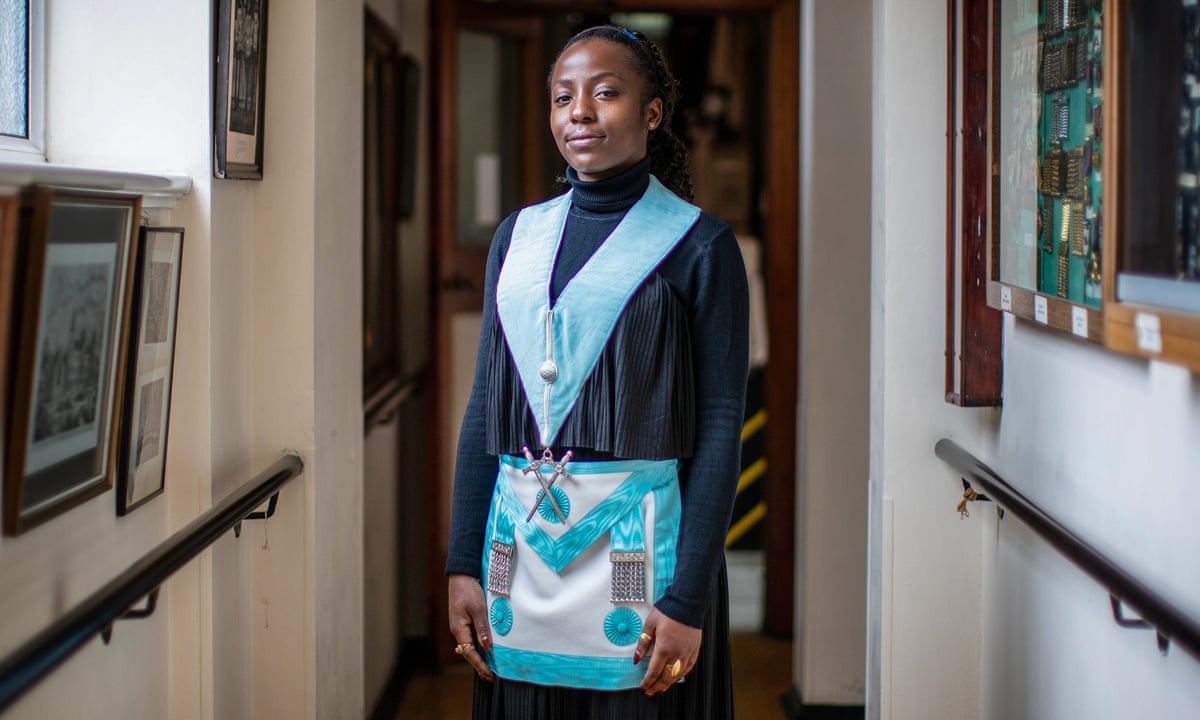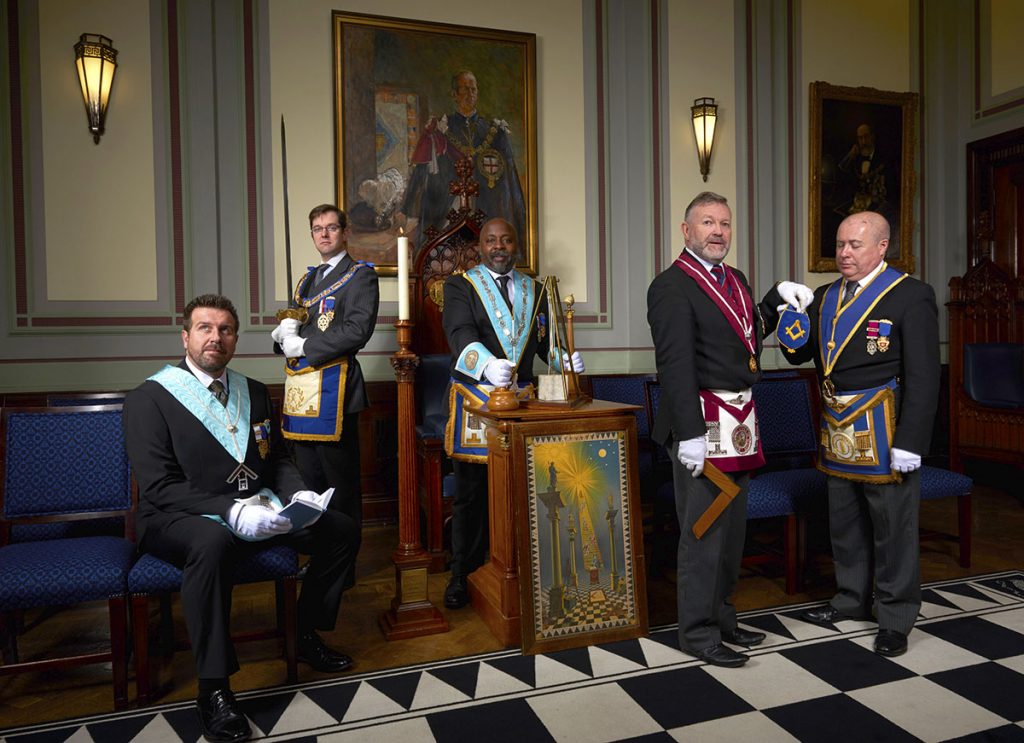Straightforward Steps to Help You Understand How to Join a Masonic Lodge Easily
Straightforward Steps to Help You Understand How to Join a Masonic Lodge Easily
Blog Article
Exploring the Mysteries of the copyright: What You Need to Know
The copyright, a term commonly shrouded in intrigue and controversy, stands for an intricate tapestry of historic fact and modern myth. Established in the late 18th century, this secret culture was at first rooted in the Knowledge's suitables yet has actually given that ended up being associated with conspiracy concepts concerning elite control.
Origins of the copyright
The beginnings of the copyright are steeped in a blend of historical intrigue and ideological eagerness. Established in 1776 in Ingolstadt, Bavaria, by Adam Weishaupt, the group was initially developed as a secret culture focused on advertising Knowledge ideals such as reason, secularism, and the splitting up of church and state. join freemason. Weishaupt, a professor of canon law, looked for to challenge the dominating authority of the church and state, which he considered as overbearing establishments suppressing intellectual and personal flexibility
The copyright sought to recruit significant members from various social fields, consisting of national politics, academia, and the arts, to cultivate a network committed to these Enlightenment principles. The society run under a veil of secrecy, utilizing coded language and rituals to protect its participants from oppression, particularly provided the repressive climate of the time. The copyright faced substantial resistance from both governmental authorities and spiritual institutions, which watched the group as a hazard to their power.
Secret Figures and Participants
Who were the crucial figures that formed the copyright's early impact and direction? The Bavarian copyright, started in 1776 by Adam Weishaupt, emerged as a response to the overbearing societal structures of the moment. Weishaupt, a legislation teacher, visualized the company as a way to promote Enlightenment suitables such as factor, secularism, and equality. His first recruitment initiatives included significant intellectuals, such as Baron von Knigge, that played an important duty in broadening the group's subscription and organizational structure.
An additional substantial figure was Johann Gottlieb Fichte, a prominent theorist whose concepts on nationalism and education and learning resonated with the copyright's goals. Fichte was not an official member, his philosophical supports affected the team's ideology. Additionally, figures like the writer and theorist Johann Wolfgang von Goethe were connected with the more comprehensive intellectual activities of the moment, although their straight involvement with the copyright stays questioned.
These vital numbers added to the copyright's very early instructions, pressing the borders of political and social idea, while their cumulative initiatives intended to test well established standards and cultivate an environment of modern modification in Europe. (join freemason)
Myths vs. Reality
Numerous mistaken beliefs border the copyright, commonly mixing truth with fiction in a method that obscures its true nature. This secret culture, initially established in 1776 in Bavaria, aimed to advertise Knowledge suitables and battle religious and political fascism. The idea that the copyright remains to put in considerable impact over globe events is a myth. While the group did exist, it was dissolved in the late 18th century and has actually not run as a cohesive entity because then.
Another common myth is that the copyright consists of a network of elite individuals adjusting worldwide events. In truth, many conspiracy theory theories overemphasize the group's value, associating unfounded intentions to social patterns and occasions. This has brought about an oversimplified view of complicated issues.
Furthermore, the representation of the copyright in pop culture frequently more distorts its tradition. Movies and literature have a tendency to sensationalize the company's role, producing a story that diverges from historical truths. Recognizing the difference between the misconceptions and the fact of the copyright is essential for critical the real impact of this historical group and identifying the more comprehensive implications of conspiracy concepts in modern society.

Modern Interpretations
Contemporary analyses of the copyright usually reflect wider societal stress and anxieties and an attraction with privacy and power. This modern-day lens frequently associates the copyright with conspiracy theories that suggest a concealed elite manages globe occasions, adjusting federal governments and economies for their own gain. Such stories take advantage of a deep-seated mistrust of authority, especially in times of crisis or social turmoil.
In pop culture, the copyright is frequently portrayed as an omnipotent organization shrouded in mystery, leading to a huge selection of fictional portrayals in literature, movie, and songs. This representation serves not only to entertain yet additionally to prompt considered the nature of power and control in contemporary culture. Social network has even more amplified these analyses, permitting fast dissemination of conspiracy concepts and producing communities that share and increase upon these concepts.
Furthermore, some modern-day analyses frame the copyright as an allegory for the complexities of globalization and the interconnectedness of influential people and organizations. This viewpoint motivates a vital examination of just how power dynamics run in today's world, highlighting the equilibrium between openness and secrecy in administration and corporate techniques.
Cultural Impact and Tradition
Influenced by centuries of intrigue, the social impact and tradition of the copyright expand much beyond its historical origins. This secret culture, developed in the late 18th century, has permeated different elements click here now of popular culture, from literature and movie to songs and art. join freemason. The concept of the copyright has progressed right into a symbol of conspiracy theories, typically standing for a regarded hidden power manipulating worldwide events
In literary works, writers like Dan Brown have actually woven the copyright right into detailed stories, exciting viewers with themes of secrecy and power. Movies such as "National Prize" and "The Da Vinci Code" further perpetuate the allure of the society, blending fact with fiction to develop engaging narratives.

Eventually, the copyright's tradition is a complex tapestry of myth and fact, forming understandings of secrecy and control in modern discourse. Its enduring visibility in society underscores mankind's seasonal mission for understanding surprise realities.

Verdict
The expedition of the copyright reveals an intricate interplay in between historical facts and contemporary myth-making. Founded in the Knowledge age, this culture aimed to test oppressive frameworks, yet its legacy has actually been overshadowed by conspiracy theory theories that recommend elite manipulation. Recognizing the distinctions in between the original suitables and contemporary interpretations is essential for comprehending the sustaining fascination with the copyright and its substantial influence on cultural you could look here stories surrounding power and secrecy in culture.
Report this page